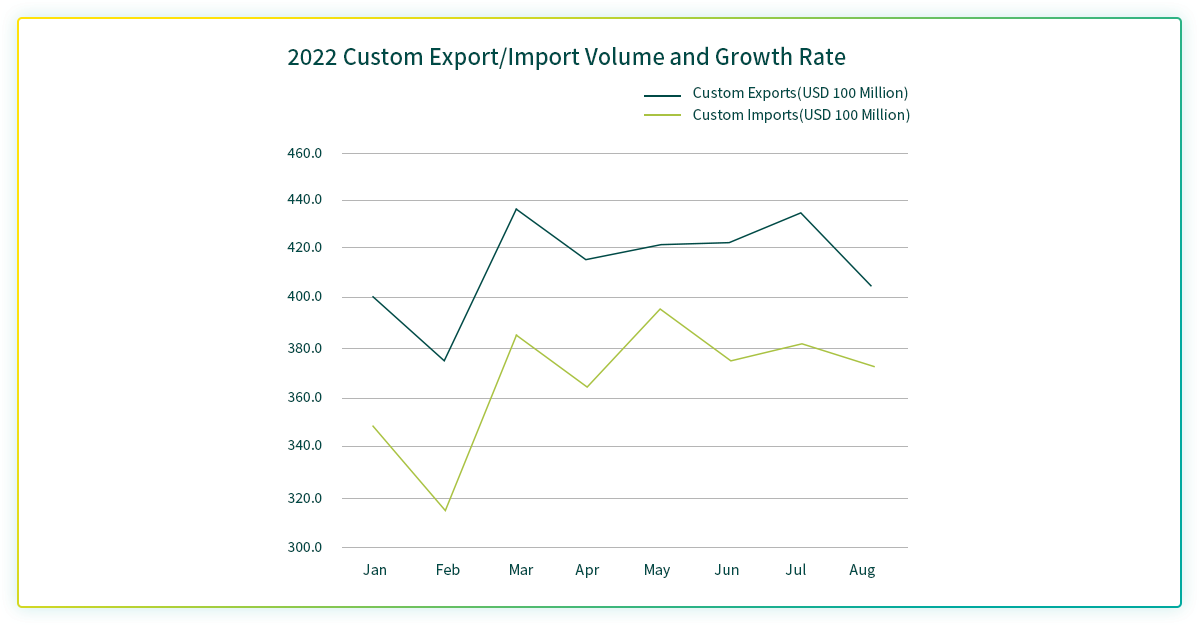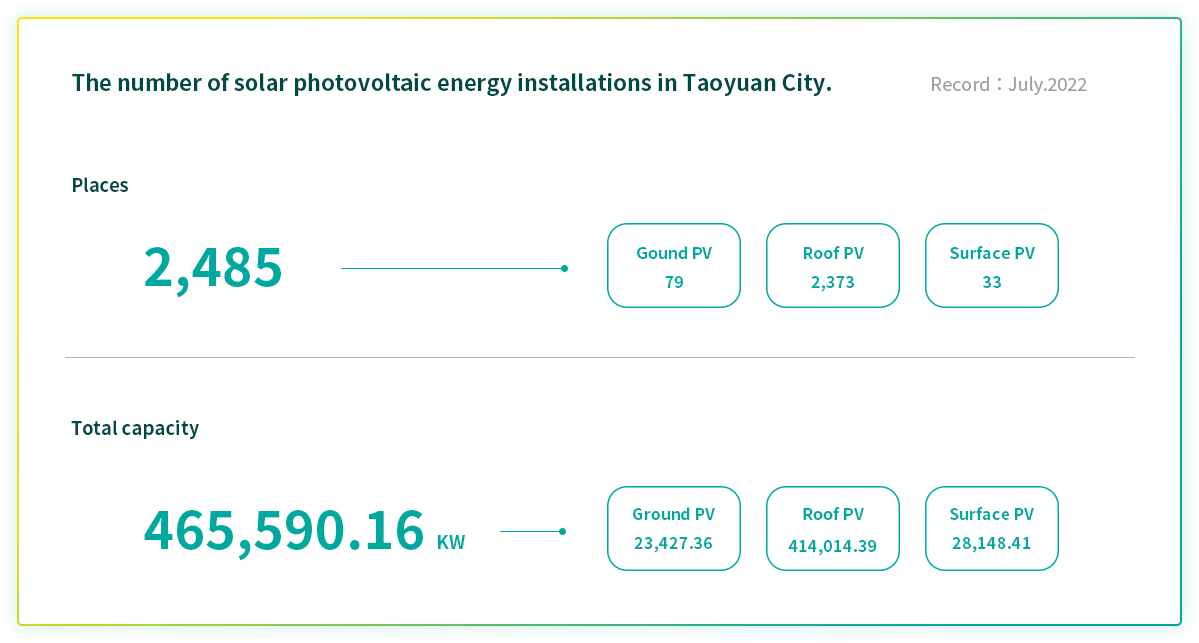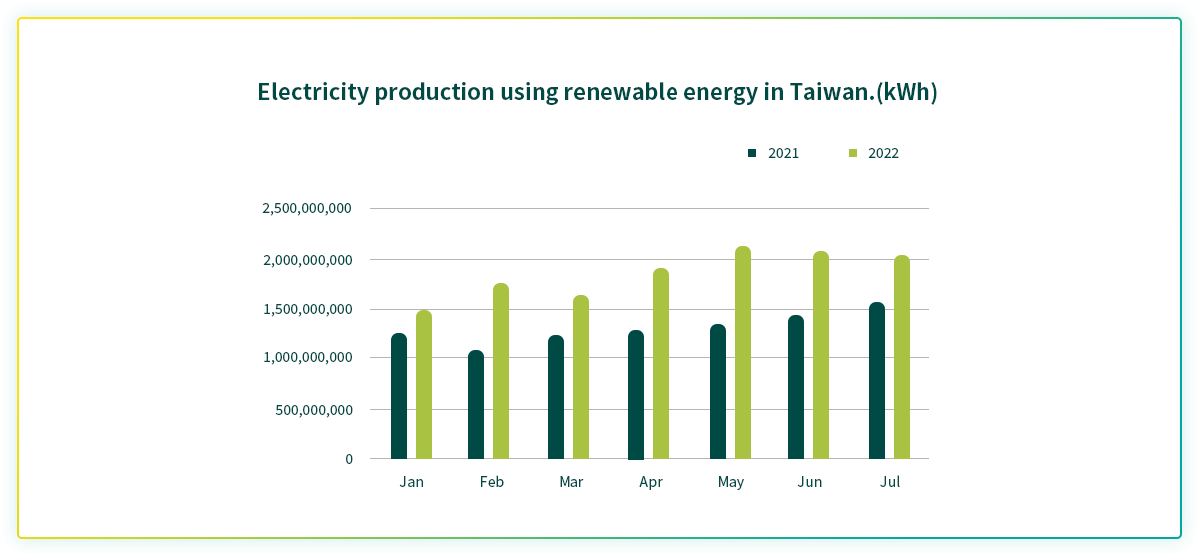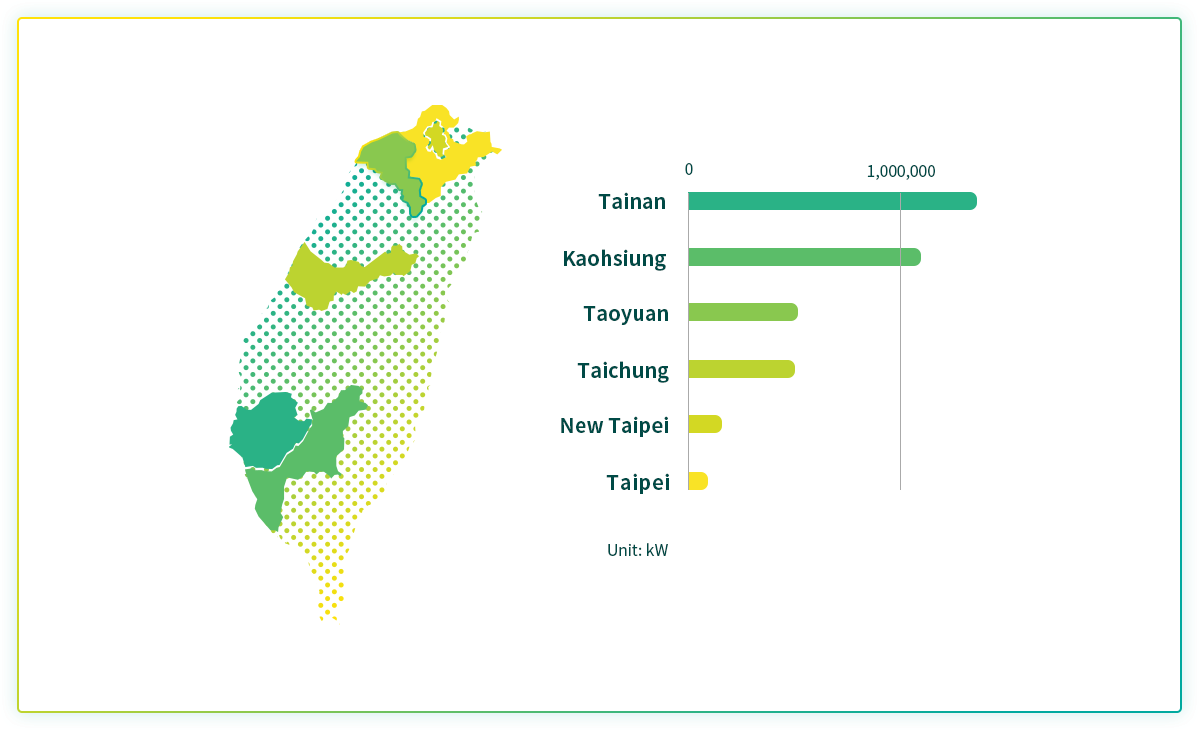Introduction: The Impact of the Russo-Ukrainian War on Energy and Cash Crops
The Russo-Ukrainian War has been ongoing since Russia invaded Ukraine on 24 February, 2022. By August, it would have lasted for six months. It has become yet another major international event that caused global supply chain congestion since the Covid-19 pandemic hit. The war had a great impact not only on the Ukrainian territory but also on the export of important economic crops, such as wheat, corn and barley. As a result, western countries have imposed economic sanctions and trade boycotts on Russia. Russia, on the other hand, has banned exports and imposed embargoes on natural gas and oil, starting in May.
Because of the war, issues like the shortage of raw materials and components as well as the supply chain congestion also indirectly led to inflation in the post-COVID world. It further influenced people’s daily life and safety. What impacts did the Russo-Ukrainian War have on the global economy? What economic impacts did the seemingly remote war have on Taiwan? How should Taiwan learn from this war? Furthermore, how should Taiwan look to the future and what proactive measures can Taiwan take?
Shortage of Energy and Basic Cash Crops and Its Impact on the Export Capacity
As aforementioned, The Russo-Ukrainian War has caused the export supply chain congestion of important food crops like wheat, corn and barley. According to a New York Times news report in March (*Note 1), the prices of global food crops and synthetic fertilizers have soared immensely. The prices of wheat have increased by 21%(*Note 2), barley by 33%. Prices of some synthetic fertilizers soared nearly 40%.
Besides food crops, energy also falls victim to the war. Russia is one of the world’s top natural gas, crude oil and other important energy producers and exporters. The prices of these energy exports have also soared, if one checks the MARKET index in The Wall Street Journal. In February, Brent Crude Oil (*Note 3) cost about US$92 per barrel. It once soared to US$128 per barrel. In August, the price returned to about US$98 per barrel. As the main raw materials Taiwan imports includes crude oil, the same trend can be spotted in Taiwan’s import and export values during the same period.

Brent Crude Oil BRN00 (U.K. ICE Futures Europe) – The Wall Street Journal.

Custom Export/Import Volume and Growth Rate in Taiwan
Source: The Directorate General of Budget, Accounting and Statistics, Executive Yuan, R.O.C.
However, experts predict that there is not only difficulty for the prices to return to what it was in the early 2022 but also a chance for them to continue rising. Economic Daily News indicates that Russia, one of the important energy suppliers for Taiwan, ranked the third largest supplier in natural gas and coal (*Note 4). This suggests that Taiwan’s industries may continue to suffer from shocks of Russia’s energy exports congestion.

Industrial Production Index in Taiwan
Source: The Directorate General of Budget, Accounting and Statistics, Executive Yuan, R.O.C.
Taoyuan’s Development of Sustainable Energy and Its Applications as the Next Focus of Its Investment Strategy
Considering the unstable supplies of imported energy, it has become a critical issue for Taiwan to proactively seek alternatives for imported sustainable energy and use them in industries so that Taiwan will not succumb to the fluctuated prices of imported energy.
To effectively develop renewable energy, Taoyuan has established the “Office of Promoting Green Energy Project” to enact green energy policies as well as to develop optoelectronics, biomass power plants and other renewable energy sources. Also, Taoyuan has supervised enterprises with a contracted capacity of more than 5,000KW to install 10% green energy equipment. By listing 92 energy-heavy industries, we implement guidance programs to help them comply with relevant regulations sooner. The solar energy enterprises in Taoyuan include Danen Technology Corporation, AU Optronics and EEPV CORP. They are all major factories that uses smart power-saving and generate solar photovoltaic energy.
In addition, Taoyuan also promotes the following projects, for example, renting public housings for Roof PV Systems, subsidizing equipping Roof PV Systems on private buildings, and Roof PV Systems projects for citizens. Furthermore, it encourages public institutions, schools and other places with idle rooftops to use Roof PV Systems. In hope to transform Taoyuan into a low-carbon and green city, 199 public rooftops in the city are now equipped with solar photovoltaic systems with a capacity of 39MW. The capacity of the solar photovoltaic systems has reached 465,590 KW (*Note 5).

The number of solar photovoltaic energy installations in Taoyuan City.
Source: Taoyuan City Government’s Office of Promoting Green Energy Project”
Moreover, Gogoro Taiwan Limited and Taoyuan City Government cooperated in promoting the GoShare mobile sharing service project. Seeing Taoyuan as a demonstration city, the project set up charging facilities for E-scooters by employing leftover space inside 39 public parking lots. So far, the city has set up 1,500 charging and battery stations and 3,159 charging/parking spaces for E-scooters. This allows the citizens to rent E-scooters at their convenience, providing another option for public transportation (*Note 6). Currently, the total number of registered E-scooters in Taoyuan has exceeded 86,000. Among the six special municipalities, Taoyuan ranks first in the proportion of citizens owning E-scooters.
Conclusion
Overall, what is urgent now is to strengthen energy self-sufficiency, develop alternative energy and put them into practice in daily life when Taiwan faces the ongoing wars and regional conflicts in the world. To deal with the current shock to the global economy, this is the most essential and decisive test. From January to June 2022, electricity production that used renewable energy was 11.17 billion kWh in Taiwan. In comparison with the electricity production during the same period in 2021, it increased by 3.646 billion kWh. The total proportion increased nearly 3%. As Taoyuan City has been promoting various subsidy programs for renewable energy, Taoyuan City has a remarkable achievement in promoting solar photovoltaic systems. The capacity of cumulated solar photovoltaic systems ranks highest among other northern counties and cities while electricity production using renewable energy ranks third among Taiwan’s special municipalities. As a city of high technology and important industries, Taoyuan has an immense demand for energy. Therefore, the ultimate direction for Taoyuan’s future lies in developing green energy and creating a sustainable living environment.

Electricity production using renewable energy in Taiwan. Source: Bureau of Energy, Ministry of Economic Affairs, R.O.C.

Taoyuan City ranks third in electricity production using photovoltaic renewable energy among Taiwan’s special municipalities. Source: Taiwan Power Company.